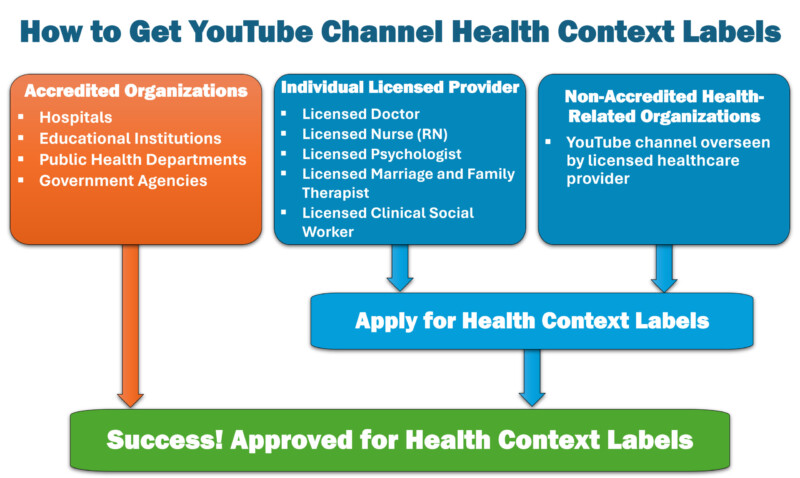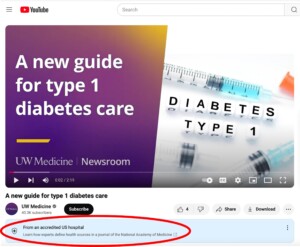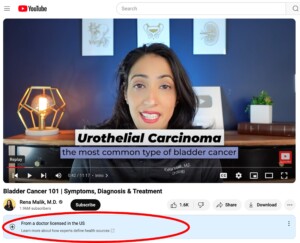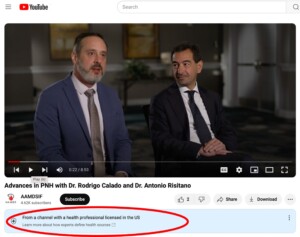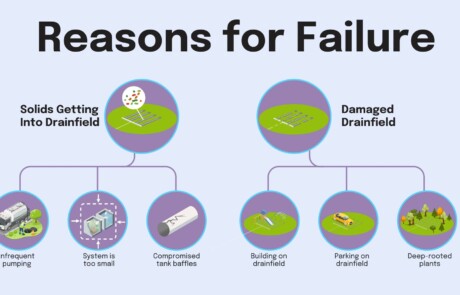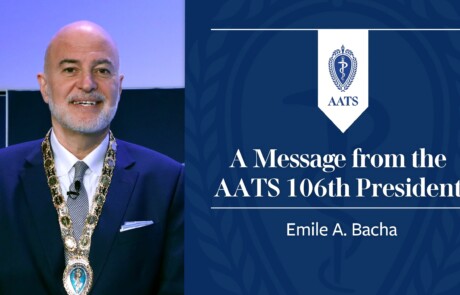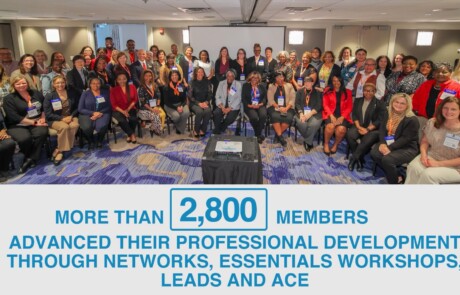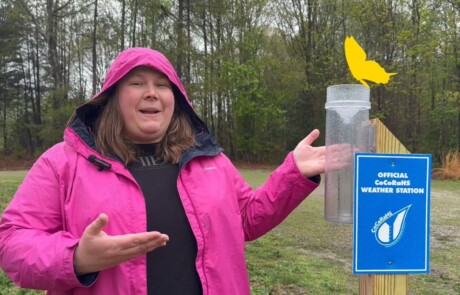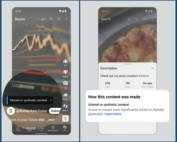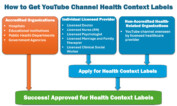We’re writing this post for our clients who work in health and medicine, as well as for other individuals and organizations that seek to share credible and authoritative health information through video on YouTube.
YouTube Health Features help distinguish your organization amid medical disinformation
Medical colleges and societies, patient advocacy organizations, hospitals, universities, medical research foundations, and public health organizations are trusted sources of reliable and accurate health information. That’s especially important when there’s a sea of intentional or unintentional medical disinformation. In this post, we share how you can differentiate and elevate your organization above such disinformation within YouTube. And while the process may seem a little cumbersome, it is likely well worth the effort to take advantage of YouTube’s Health Features.
Viewers Rely on YouTube for Healthcare Information
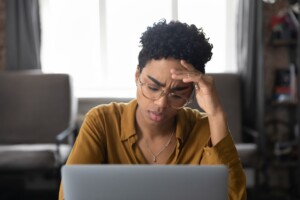
But how does a viewer know which sources are credible, science-based, and accurate? YouTube search results don’t make it easy to judge the veracity and trustworthiness of the video source.
Recognizing this challenge for viewers, YouTube Health launched Health Features with two programs: “Health Source Information Panels” and “Health Content Shelves.” This post focuses on the first, Health Source Information Panels.
How does YouTube determine which healthcare providers and organizations are credible?
Principles for identifying credible sources for Health Source Information Panels were developed by experts convened by YouTube in a collaboration between the Council of Medical Specialty Societies (CMSS), the National Academy of Medicine (NAM), and the World Health Organization (WHO). They concluded that credible sources should be science-based, objective, transparent, and accountable.
How can organizations and individual healthcare providers get Health Source Information Panels on their YouTube videos?
The following chart summarizes the process to get YouTube Channel Context Label.
- Certain accredited organizations do not need to apply to participate in the program and are automatically included. These include organizations with preexisting, standardized vetting mechanisms, such as hospitals, educational institutions, public health departments, and government agencies.
- Individual licensed healthcare providers and non-accredited health-related organizations can apply to be included in this YouTube labeling program.
What do YouTube Health Source Information Panels look like?
If you participate in the program, light blue channel context labels appear under each video in your YouTube Channel showing that you’re a licensed healthcare professional or that your organization has a licensed healthcare professional vetting your content. This provides additional “context” for the viewer, helping them understand the credible origin of the content, hence the name “Channel Context Labels.”
- Accredited Organization Health Source Information Label
Here’s an example for an accredited organization’s YouTube channel:
-
Individual Licensed Provider Health Source Information Label
Individual providers can include licensed doctors, nurses, and mental health professionals and, for non-accredited organizations with health-focused YouTube channels, a healthcare professional licensed in one of these same areas who oversees the organization’s YouTube channel. Here’s an example of the Channel Context label when the channel comes from an approved individual licensed healthcare provider:
-
Non-Accredited Organization Health Source Information Label
Below is an example of what the label looks like for a non-accredited organization’s YouTube channel. (And this wonderful organization, the Aplastic Anemia & MDS International Foundation, happens to be one of our long-time clients for whom we produced this video):
How do a licensed healthcare provider or non-accredited health-related organization get approved for YouTube’s Channel Context Label program?
Individual healthcare providers who are eligible for these Channel Context Labels (also known as Information Panels) are:
- Licensed Doctors (eligible to practice medicine in a US state);
- Licensed Nurses (Registered Nurse);
- Licensed Psychologists;
- Licensed Marriage and Family Therapists; or
- Licensed Clinical Social Workers.
For non-accredited organizations wishing to be considered, they much have a licensed professional in one of the eligible professions above who has oversight/review of the content the organization’s posts on YouTube.
Additional requirements, which will be verified prior to acceptance, are:
- You must attest to the CMSS/NAM/WHO information sharing standards
- The YouTube channel has a minimum of 1,500 public watch hours on the channel in the last 12 months or 1.5 million valid public Shorts views in the past 90 days
- The YouTube channel is primarily focused on health information
- The YouTube channel has no active Community Guidelines strikes
- The YouTube channel is not operated by a pharmaceutical company, health insurer, or medical device company
Once you submit your application, YouTube partners with LegitScript, a third-party entity, to verify the applicant’s license or credential.
In which countries does YouTube provide Health Source Information Labels?
Right now, the program is only open to healthcare providers in the following countries: United States, United Kingdom, Germany, Brazil, Indonesia, Japan, France, South Korea, Canada, and Mexico.
Where is the application for the Health Source Information program?
Here is the YouTube Expansion Application for individuals and non-accredited organizations.
Thanks for learning about this valuable YouTube health feature. If we can assist you in making the most of your health communications through video, please reach out to us at [email protected] or 301-339-0339.
